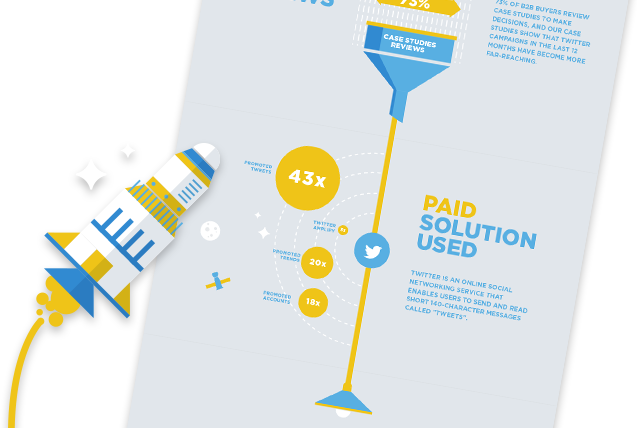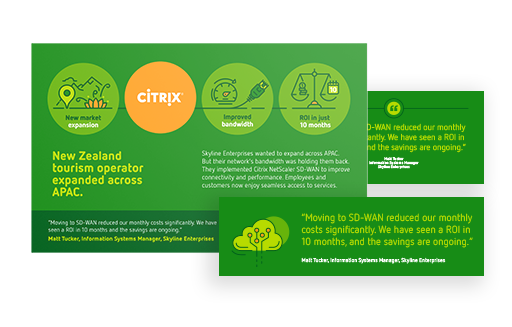
If you’ve determined that your current market is getting too saturated or too small for your needs, international expansion may sound like a logical next step. It is also a big step into the unknown, which is why you should learn what to focus on before scaling internationally.
1. Research and pick the right market
The idea of jumping into a market after a bit of superficial research is similar to playing a paintball game blindfolded — it’s shooting in the dark. Besides researching basic market properties such as your competition, market size and product/market fit, you’ll need to dig deeper and get familiar with demographics, legislation, local culture and customs, as well as several other factors. Even if there is a growing number of prospects and inquiries coming from a particular region, you shouldn’t jump in unless you are sure there’s enough potential.
It is important to realize the differences between theory and practice — you can find certain information online, but some insights can only be gained on the spot. A tourist can come prepared with travel guide information, but it takes a local to know the best places to visit. Ideally you will hire local people, who are indispensable when it comes to local knowledge — which brings us to the next important step in the international expansion process.
2. Find a quality local workforce
You can try to run your foreign branches remotely with no locals involved, but this solution comes with many difficulties. From a B2B point of view, prospects like to have someone who doesn’t have to fly across the world to meet them, and B2C prospects want to see local customer support. Local employees have one invaluable advantage — they know the market inside-out and have industry connections all over the region. Having an existing relationship with a company CEO or CMO decreases the chances of your emails being ignored, in comparison to cold calling.
The greatest challenge in building a local team lies in handling the hiring process. Without a proper recruitment and onboarding pipeline, it can take several months to find the right candidates and move them through several rounds of interviews, which is why some SaaS businesses choose to outsource these tasks to an agency.
3. Tailor your product to the market
A common scaling mistake is to assume that an idea that worked in one market can be carbon-copied into another. You have to think of countries as buyer personas — each with its own idiosyncrasies, opinions and needs. Two distinct challenges lie in language and cultural barriers, which can cause severe difficulties if overlooked.
Copy that gets lost in translation is the most common (and most hilarious) localization mistake. When Ford’s ad slogan "every car has a high-quality body" was translated for Belgium, it came out as "every car has a high-quality corpse," which wasn’t the message Ford had in mind! Despite being formally correct, a translation might have a different colloquial meaning. In some countries, people speak different dialects depending on the region they live in (such as High and Low German), and ignoring these differences will not resonate well with some of your audience.
What comes off as bold and humorous to one audience can sound offensive to another, and we have witnessed businesses lose a massive amount of money after a single careless tweet enraged the audience to the point of boycotting. Even if you make sure your message has the right tone, the audience might not understand it. A famous example was Pampers marketing its products in Japan with an image of a stork delivering a baby, which seemed to confuse and put off its customers. It turned out that in Japanese folklore babies are found in giant floating peaches, and there are no giant birds involved.
4. Tailor your marketing and sales efforts to the market
If a SaaS scales in the forest and nobody is around to hear it, did it scale successfully? While big players like Facebook or Google don’t have to raise brand awareness before launching a new product, the reality for most SaaS companies is entirely different. You might think that a good product alone is enough to grow a profitable user base, but it can’t reach its full potential unless there is a well-thought-out marketing strategy to support it. Hiring a marketing agency to handle all your international work is a good idea if your in-house team is too small or too busy with the current workload.
To optimize customer acquisition, you should rely on inbound marketing principles and ensure that your marketing and sales teams are aligned. These two should be on the same page regarding the criteria for marketing-qualified and sales-qualified leads, team goals and roles, etc. Good communication is critical for good results.
These are the 4 main steps that should be the backbone of your expansion strategy. Global expansion is not a decision to be taken lightly, but careful planning will minimize the risk of failure. To avoid making the same mistakes, read about 13 startup companies whose scaling plans went awry and how that could’ve been avoided.






